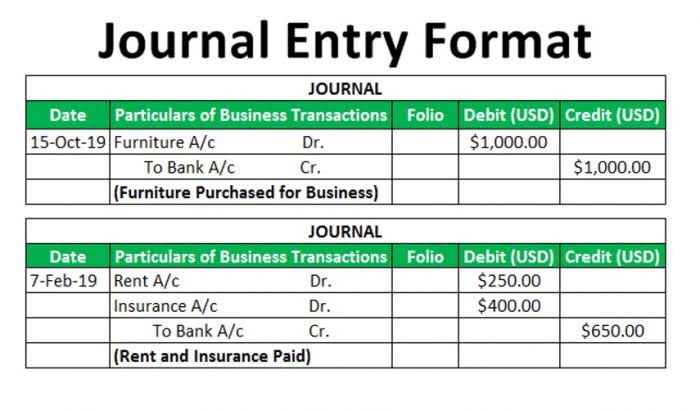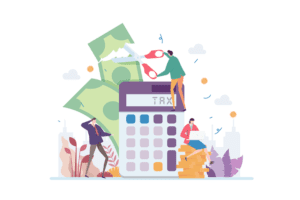5 Best Accounting Software for Gyms in 2025

The cost to open a gym varies widely depending on size, location, and type of gym. Initial costs can range from $10,000 for a small studio to several hundred thousand dollars for a large commercial gym. Treadmills can hold a portion of their value, especially if they are well-maintained and from a reputable brand. In a commercial gym, fitness equipment can depreciate quickly in the first few years, often around 40-50% in the first year and gradually in the following years.
Plan for Equipment Fixes & Unexpected Expenses

Another important KPI is average revenue per member (ARPM), which calculates the average amount of revenue generated by each member within a given timeframe. Implementing efficient inventory management techniques bookkeeping for personal trainers enables gyms to meet customer demands while avoiding excessive holding costs or shortages of supplements or merchandise. Moreover, evaluating ROI for major asset purchases ensures wise investment decisions that align with long-term business goals.

Want to know more about gym management software?

Annual membership fees provide benefits for both members and the gym itself. Members often receive discounts or special perks by committing to a full year upfront, while gyms benefit from increased cash flow at once. Within the Chart of Accounts’ income category, it is essential to create a separate subcategory specifically dedicated to annual membership fees. This enables effective monitoring of revenue generated from these long-term commitments separately from other income sources like daily passes or personal training sessions. On the other hand, the Retained Earnings Account represents accumulated profits or losses that have been retained within the gym over time. Ensuring accurate recording and tracking of these accounts enables gym owners to assess their personal investment, understand historical profitability trends, and make informed financial decisions for long-term success.
- For example, you may have bought gym gear and paid for the equipment through a credit card and forgotten to enter the transaction into the journal.
- Engage with your team or support network, seeking their input and feedback to refine your plans.
- This could include workshops, online courses, or even bringing in experts for in-house sessions.
- Also, costs incurred for maintaining the premise such as utility bills, cleaning and sanitization costs, and any potential renovation or upgrade expenses need to be tracked.
- Additionally, costs related to property maintenance, improvements, or renovations can also be tracked within this subcategory.
How to Maximize the Benefits of Profit First
Gym assets include tangible items like fitness equipment, technology systems, and the physical facility, as well as intangible assets like brand reputation and membership contracts. These assets are crucial as they represent the value of the gym and are key to generating revenue and ensuring long-term sustainability. The balance sheet provides a snapshot of the gym’s assets, liabilities, and owner’s equity at a specific point in time. Get these free gym financial statement examples to compare with your gym financial statements and get a free gym financial statement template in XLS. Choosing the best gym software with QuickBooks integration is an integral part of making sure your gym’s accounting and bookkeeping needs are met. Read our gym software QuickBooks integration guide to find out which option is best for you.

- For example, some gym owners charge the same membership price as their competitors—or less—without considering their gym’s unique revenue requirements and target market.
- We build a repeatable and scalable template to address your accounting operations so that when you grow, we can effortlessly scale with you.
- Fitness professionals have a unique set of costs that can legally be written off as business expenses.
- It’s advisable to use digital accounting software alongside a specialized gym management platform like Exercise.com.
- But unfortunately passion and motivation doesn’t always translate to memberships.
The useful life of gym equipment can be calculated by considering the manufacturer’s estimated lifespan, usage patterns, maintenance schedule, and observing the wear and tear over time. Leasehold improvements have a different depreciation life compared to gym equipment. Typically, the IRS allows for a depreciation life of up to 15 years for leasehold improvements. This would apply to modifications or enhancements made to the leased gym space, like installing new flooring Bookkeeping for Painters or lighting. With these criteria, you will be able to make a quick list of seed clients without going to your records.
Asset Categories and Subcategories in the Gym COA
- For gym owners and fitness professionals, having reliable billing and invoicing software is essential for smooth operations and member satisfaction.
- Additionally, it entails keeping track of expenses related to equipment purchases or leases, facility maintenance costs such as utilities or repairs, employee wages and benefits, marketing expenses, and more.
- Income taxes largely comprise the difference between how much a business actually makes and how much it gets to keep.
- Recognizing and allocating revenue based on different membership types or packages is crucial in ensuring accurate financial reporting in gym accounting.
- If you try to save on costs by relying on the good old MS Excel or Google Docs for gym bookkeeping, you will make far costlier mistakes and lose a lot of precious time struggling to get the accounting right.
In a gym’s COA, two prominent subcategories under long-term liabilities are mortgages or property loans and long-term equipment financing. Fixed assets represent long-term tangible resources that gyms use in their operations and are not intended for immediate sale. Under the fixed assets category, two important subcategories to consider are land and buildings, as well as equipment. Long-term liabilities encompass financial obligations that contra asset account extend beyond one year. These typically include mortgages or property loans for gym facilities and long-term equipment financing where the gym may have taken a loan to purchase expensive exercise equipment.